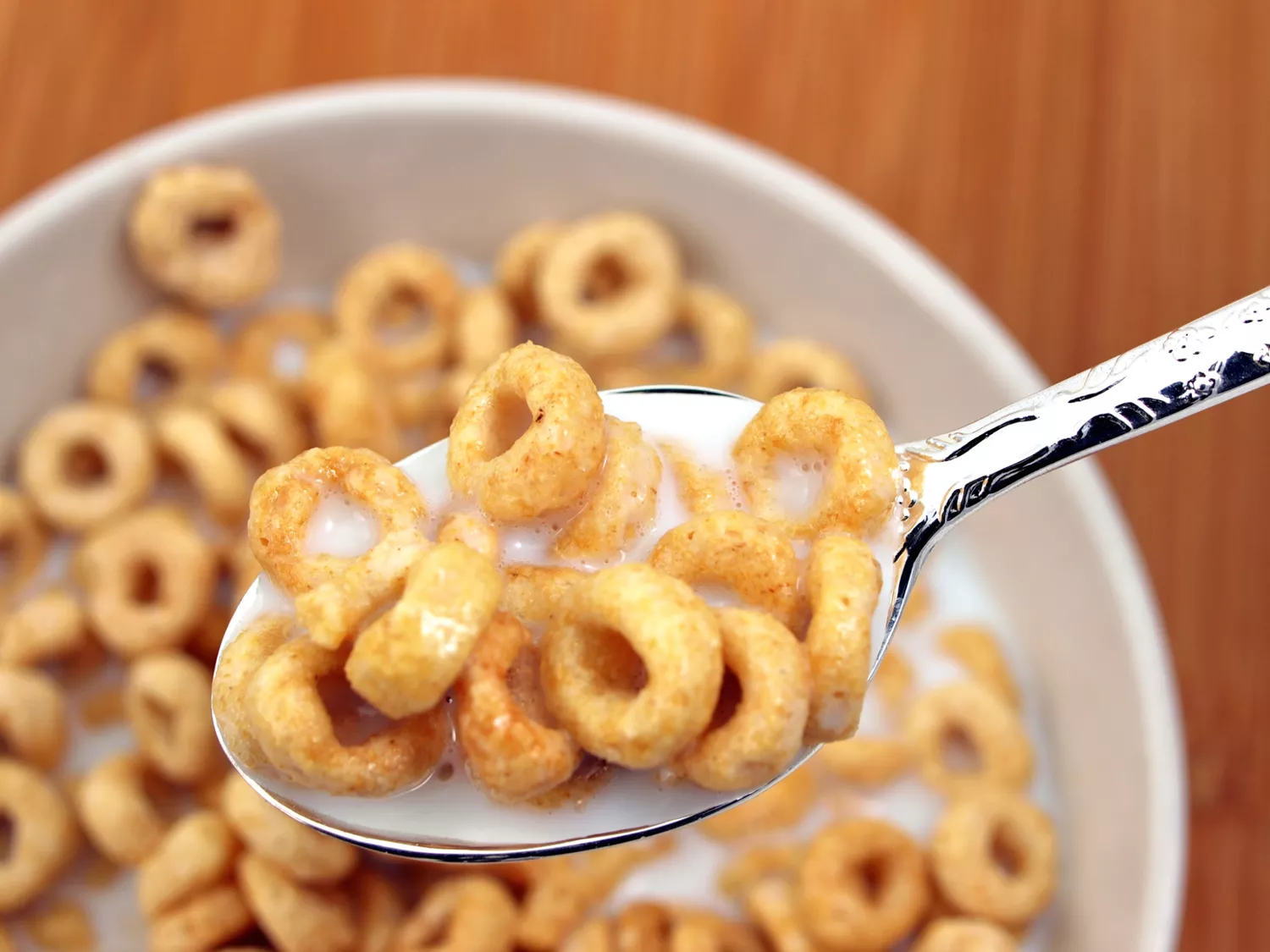Macronutrients (also referred to as macros) are nutrients the body uses in fairly big quantities and for that reason requires to receive daily. There are three macronutrients: proteins, carbohydrates, and fats.
Your body needs smaller sized quantities of trace elements like vitamins and minerals, but macronutrients provide your body with calories (power) and foundation of mobile development, immune feature, and total repair work.
Below’s what you need to find out about macronutrients and why a balanced intake of these essential nutrients is needed for optimal wellness and wellness.
Macronutrients
The 3 main macronutrients are carbs, fats, and protein. Carbs fuel your body with prompt energy. Healthy protein supplies amino acids, necessary for developing muscle mass, skin, blood, and essential structures of the brain and nervous system. And fat is vital for mind advancement, insulation, power books, cell feature, and security of your body organs. Discover more regarding each macronutrient listed below.
Carbohydrates
Carbohydrates are the body’s preferred gas resource. Transforming carbohydrates right into right away usable power is easier for the body than transforming fat or healthy protein into gas. Your mind, muscular tissues, and cells all require carbs to operate.
When you eat carbs (for example, in the kind of a power bar before running), the food is exchanged sugars that go into the blood stream. These sugars (in the form of glucose) can be an immediate source of energy or stored in the body’s cells to be utilized at another time.
Carbs supply the body with gas. The body breaks carbohydrates down into sugar (sugar) which either gives prompt power or obtains stored for later usage.
Carbohydrates can either be complex or straightforward:
Complex carbs (polysaccharides and oligosaccharides) are made up of long strings of sugar devices that take longer for the body to damage down and make use of. Complex carbs have an even more stable influence on blood sugar degrees.
Easy carbs (monosaccharides and disaccharides) are made up of either one or two sugar systems and can be broken down rather quickly in the body. Basic carbohydrates have a short lived impact on blood sugar levels. Some sorts of straightforward carbs (when eaten alone), such as juice or sweet candy can cause blood sugar level and energy to climb promptly and afterwards go down shortly after.
Along with giving fuel to the body, intricate carbs (specifically fiber) assist the body preserve healthy and balanced digestive function and cholesterol levels.
Examples of foods that are high in carbohydrates consist of starchy foods like grain products (such as bread, cereal, and pasta), potatoes, and rice. Fruits, veggies, and milk products likewise give carbohydrates.
The USA Division of Farming (USDA) suggests that carbohydrates comprise 45% to 65% of our daily caloric intake.1 However, some people follow lower carbohydrate diet regimens to handle a medical condition or for weight loss.
The division’s Dietary Guidelines for Americans 2020– 2025 additionally advise that sugar consumption be limited to much less than 10% of daily calories while the Dietary Guidelines Advisory Board and the American Heart Association (AHA) suggest an also reduced restriction of much less than 6%.1.
Healthy protein.
Healthy protein provides the body with amino acids, the foundation for muscle mass and other essential structures such as the mind, nerves, blood, skin, and hair. Protein additionally carries oxygen and other essential nutrients. In the lack of sugar or carbs, the body can reverse-process healthy protein (a conversion called gluconeogenesis) to utilize as energy.
Your body makes 11 amino acids by itself. There are 9 amino acids that your body can not make (called “crucial amino acids”), which implies you need to consume them through your diet.
You can consume various sorts of healthy protein to get these amino acids.
Total healthy proteins give all the amino acids your body needs in appropriate amounts. One of the most usual resources of total protein are meat, fowl, fish and shellfish, eggs and milk, quinoa, and edamame.
Insufficient healthy proteins provide some, however not all, of the amino acids you need. Many plant-based proteins are incomplete healthy proteins. However, when eaten as complementary proteins, you can get the amino acids your body requirements. Nuts, seeds, and (most) grains are instances of incomplete healthy proteins. You can take in these foods throughout the day for necessary amino acids.
Full Proteins.
Poultry and eggs.
Beef and pork.
Salmon.
Soy.
Quinoa.
Insufficient Proteins.
Lentils.
Nuts.
Beans.
Entire grains.
Vegetables.
The daily requirements for protein vary. The USDA suggests taking in 10% to 35% of our day-to-day calories from healthy protein sources.1 More specific healthy protein guidelines are based on age, sex, and activity level. Some people will certainly eat more healthy protein to get to particular fitness or wellness goals.
Protein Supplements.
Lots of Americans obtain ample protein from the food they eat. While healthy protein supplements are popular and commonly used, in a lot of cases, they are unneeded.
Fats.
Individuals could attempt to avoid fat in their diet plans, however nutritional fat plays an important duty in the body. Fat supplies a vital power source in times of malnourishment or calorie deprivation. It is additionally necessary for insulation, appropriate cell feature, and security of our vital organs.
Too much calorie consumption in the type of saturated and trans fat, nonetheless, has been linked to a variety of illness, consisting of heart problem and diabetes.2.
Harvard School of Public Health And Wellness. Types of fat.
When planning or looking for icy dishes, it is necessary to recognize that fat includes double the calories per gram as healthy protein or carbohydrates.
Various kinds of fat can be component of your day-to-day diet regimen. Particularly, dietary fats could be filled or unsaturated:.
Saturated fats mainly come from meat and dairy sources. These fats are generally strong at room temperature level and shelf-stable for a very long time. However, for cardiovascular threat hydrogenated fat must be prevented from meats versus milk. Full-fat dairy items either have a neutral or useful result on cardiovascular health and wellness.3.
Unsaturated fats consist of 2 other types of fats: monounsaturated and polyunsaturated fats. Unsaturated fats originate from plant resources and fortified foods like eggs, milk, fish, algae, and grass-fed pet products. They give the body with several health and wellness advantages.4 These fats are normally liquid even when cooled and have a much shorter service life than saturated fats.
When saturated fats in an individual’s diet plan are replaced with poly or monounsaturated fats, it can reduce their danger of certain illness including heart problem, stroke, and kind 2 diabetes.2.
Saturated Fats.
Butter.
Lard.
Fatty meats.
Cheese.
Full fat dairy items.
Unsaturated Fats.
Nuts.
Seeds.
Plant-based oils, such as olive oil.
Fatty fish and shellfish (e.g., salmon and tuna).
Avocado.
Another type of fat, trans fat, is gradually getting eliminated from foods. Trans fat is a polyunsaturated fat that is processed to become shelf-stable. Refined foods like biscuits, cookies, cakes, and various other baked items commonly include these hydrogenated fats.
A lot of nutritional standards recommend that about 20% to 35% of your everyday calories ought to come from fats.1 Nonetheless, no more than 10% of your day-to-day calories need to originate from hydrogenated fats.
Health experts have advised against the consumption of trans fats. As a result, food suppliers have actually begun to remove them from their items. Specific foods have trace amounts of all-natural trans fat, such as meat and dairy items, but there hasn’t been considerable proof to recommend whether or not these have the same effects are readily made trans fats.5.
Just How to Stabilize Macronutrients.
It is necessary to include each macronutrient in your daily diet plan. This will certainly be easier if you construct each dish around a mix of healthy protein, carbohydrates, and healthy fats. That said, locating the specific balance of macros right for you can be difficult.
The large series of percentages recommended for every macronutrient leaves space for testing. Everyone’s body features in different ways when various proportions are consumed.
One easy means to intend your dishes is to use the USDA’s MyPlate system, which motivates you to use a divided plate icon to intend your dishes. About one-quarter of the plate is for fruits, vegetables, grains, and proteins. There is additionally a small symbol for dairy.
There is a comparable system called the Healthy and balanced Eating Plate supplied by Harvard Health where each plate image can serve as a suggestion to obtain your nourishment from various sources to ensure that your macro and micronutrient demands are met.

When you initially start to stabilize your macros, the objective is to maintain each array within its borders, but guarantee you get sufficient of each nutrient.
Tracking Macros vs. Tracking Calories.
Some people– especially professional athletes– track their macronutrients rather than calorie intake because they are attempting to get to particular physical fitness or efficiency goals. An individual may likewise handle a clinical problem by enjoying their macro consumption. For example, people with type 2 diabetics issues commonly count carbohydrates to handle and restrict intake.
There are benefits and drawbacks to tracking calories and pros and cons to tracking macros; the most effective method for you will certainly depend on your goals.
Why Track Calories?
If your objective is weight management, the success or failure of your program will ultimately hinge on your overall calorie intake. You won’t slim down unless you create a calorie deficiency, indicating you consume fewer calories than you burn.
Some people discover calorie counting to be a good motivator in losing weight. Lots of elements affect weight management, calories being one of them. Developing a calorie deficiency can cause weight reduction but this principle is complicated and dynamic.
Individuals that are attempting to reach or preserve weight-loss frequently choose to track the calories they take in. The calorie counts for most foods and drinks can be located directly on the Nourishment Information tag. If it’s inaccessible there, nutrition databases offer accurate numbers online or even in smart device apps.
Why Track Macronutrients?
Tracking calories can show up less complicated given that you compute one number, however some select to track macronutrients rather to get to certain objectives. Tracking macronutrients is extra complicated due to the fact that you set objectives for three intake numbers instead of simply one. For people attempting to reach physical fitness objectives or reduce weight, these numbers can be handy.
As an example, people trying to reduce weight could discover they can reach their calorie objective more quickly if they get more of their everyday calories from healthy protein. When included in every dish, healthy protein might assist you eat much less because it normally provides higher satiety than carbs.
People handling heart problem or a relevant problem may track their fat intake– specifically hydrogenated fat– to reduce their threat for a heart occasion.
Individuals who are trying to get to physical fitness objectives usually track their macros. As an example, endurance runners may target a specific carb intake to ensure they are effectively sustained for a race. Strength-trained professional athletes might see their healthy protein consumption to aid them reach their efficiency goals.
Tools and Tips to Track Macros.
If you select to track your macros, there are various approaches you may make use of to handle your intake. One of the easiest means is to make use of a smartphone application.
Many wellness and health apps offer calorie and macro data for plenty of foods. These apps assist you to input each food you consume and then give updated charts and other graphics to allow you see where you go to throughout the day. Instances of popular applications consist of LoseIt, MyMacros+, and MyFitnessPal, and Fitbit.
One more approach is to use the antique pen-and-paper method. You can plan meals according to the macronutrient balance you need, or you can make use of on the internet resources or applications to obtain your numbers and keep them in a note pad.


